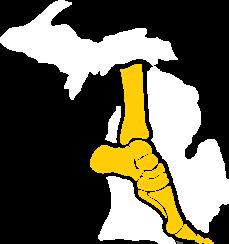

PROFILES PODIATRIC

KEEP MICHIGAN MOVING
HOW PODIATRISTS HELP CHILDREN AND ADULTS STAY ACTIVE,
STEP BY STEP
NOT ALL DYSTROPHIC NAILS ARE FUNGAL NAILS NAILS
Get the definitive diagnosis for targeted treatment with BakoDx's PCR Test
The Difference with Our Proprietary PCR Technology
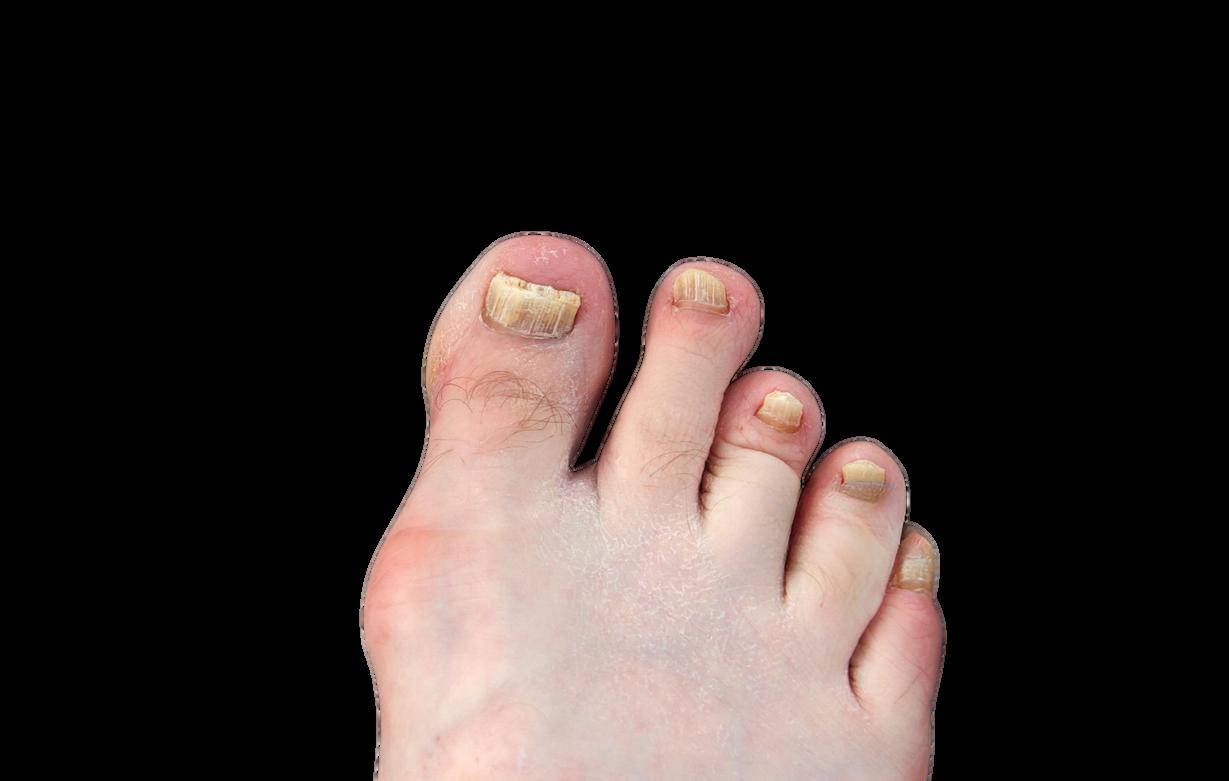
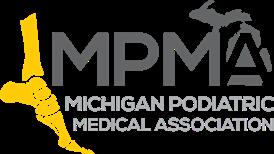
629 West Hillsdale St. Lansing, MI 48933 (800) 968-6762 • Fax (517) 485-9408
www.MPMA .org
Derek E. Dalling Executive Director derek@kdafirm.com
Jason Wadaga Deputy Executive Director jason@kdafirm.com
Geri Root Director of Events geri@kdafirm.com
Trina Miller Membership Director trina@kdafirm.com
www.printspartan.com Michigan’s
Lauren Concannon Continuing Education Coordinator lauren@kdafirm.com
Melissa Travis Advertising Coordinator melissa@kdafirm.com
Lauren Gass Legislative Assistant lgass@kdafirm.com
Miranda Strunk Financial Administrator miranda@kdafirm.com
Brooklyn Heath Administrative Assistant brooklyn@kdafirm.com
Kathy Schaefer Writer, Editor cr@crmarketing.biz
Joe Ross Writer, Editor cr@crmarketing.biz
Allison Clemons Graphic Designer cr@crmarketing.biz

Dr. Andrew Mastay
MPMA BOARD OF DIRECTORS
PRESIDENT
Andrew Mastay, DPM
PRESIDENT ELECT
Joshua Faley, DPM
TREASURER
Bruce Jacob, DPM
SECRETARY
Michele Bertelle, DPM
IMMEDIATE PAST PRESIDENT
Zeeshan Husain, DPM
MPMA DIVISION REPRESENTATIVES
UPPER PENINSULA
Jake Eisenschink, DPM
MACOMB/OAKLAND
Marc Weiner, DPM
NORTHEAST
Joyce Patouhas, DPM
WESTERN
Vacant
SOUTHEAST
Crystal Holmes, DPM
Randy Kaplan, DPM
SOUTHERN
Mark Hosking, DPM
MPMA President Dr. Andrew Mastay
As we move through 2025, I’m proud to reflect on how Michigan’s podiatrists continue to shape the future of foot and ankle care—not only through exceptional clinical work, but through research, advocacy, and leadership in our communities.
This summer issue of Podiatric Profiles captures that impact. From helping hundreds of children stay active at Michigan Moves Day to driving statewide prevention of diabetes-related amputations, our work is expanding far beyond the exam room. Michigan podiatrists are delivering results that improve health, preserve mobility, and transform lives.
We’re also pushing boundaries in research and clinical innovation. I’d like to specifically recognize Kanika Kochhar, DPM, for her published case study comparing surgical approaches for Equinovarus Deformity due to Charcot Neuroarthropathy. Her work exemplifies the depth of expertise and clinical rigor that defines podiatric medicine in our state. Across Michigan, our members are leading studies, publishing in national journals, and advancing evidence-based practices that benefit patients everywhere.
This spirit of leadership is also visible in our profession’s outreach and mentorship. The Discover Podiatry campaign now offers powerful new tools to help us engage students and inspire the next generation of podiatrists. I encourage all of you to get involved—whether through school visits, social media, or simple conversations about your journey into podiatric medicine.
And, of course, we remain active in Lansing and D.C., where MPMA and MPAS continue to advocate for policies that reflect the essential role podiatrists play in healthcare.
I appreciate your commitment to excellence, to one another, and to the people of Michigan. Let’s keep moving forward—together.
Warm regards,
Andrew Mastay, DPM President, Michigan Podiatric Medical Association

MICHIGAN PODIATRIC ACTION SOCIETY
2025 PAC DONATION
The Best Investment You’ll Ever Make for Your Profession

Make Your 2025 Contribution Today simply scan the QR code or visit: MPMA.org/Political-Action
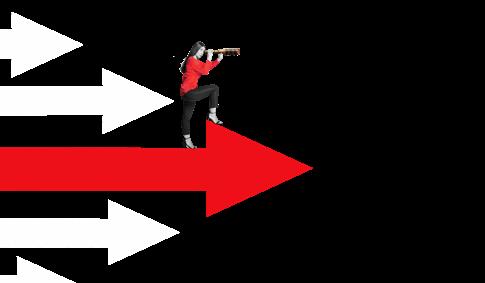
MICHIGAN PODIATRIST
Michigan is currently home to approximately 530 practicing podiatrists, with a location quotient near 1.95, indicating nearly double the national per-capita presence. Michigan demonstrates robust job stability and demand.
GROWTH & HIRING DRIVERS
• National growth: The U.S. Bureau of Labor Statistics projects modest employment growth for podiatrists of 1% between 2023 and 2033, significantly slower than the 4% average across all occupations.
• Michigan outlook: While state-specific projected growth rates aren’t available, Michigan’s high concentration of podiatrists—especially around Detroit—suggests steady replacement and moderate growth, particularly in agingpopulation areas like Oakland County.
• Annual openings: Expect roughly 300 national openings per year, primarily for replacement. Michigan likely contributes around 30–40 openings annually, given its share of the workforce.
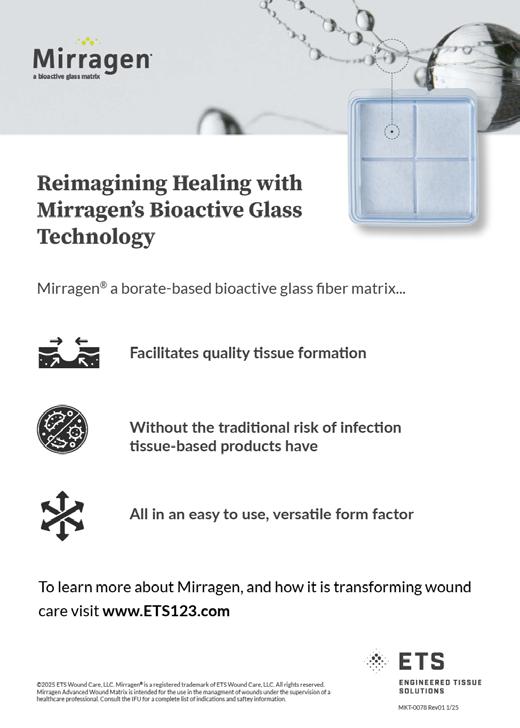
REGIONAL HUBS
• Detroit–Warren–Dearborn metro: Home to about 350 podiatrists with a commanding location quotient of 2.91, this metro remains the state’s strongest employment center.
• Oakland County (Birmingham/Bloomfield area): Notably high wages and saturation—indicating both opportunity and competition.
COMPENSATION TRENDS
• Michigan median wage: CareerOneStop reports average annual wages near $100,070, though national data suggest figures closer to $140–160K, aligning with adjusted regional benchmarks.
• Top metro salaries: Offices of physicians and outpatient centers continue to pay premium wages—a trend mirrored in high-performing Michigan markets.
• Compensation remains healthy, especially in hospitalassociated and specialized outpatient settings.
Resources: bls.gov, datausa.io, careeronestop.org




MICHIGAN A HUB FOR PODIATRIC MEDICAL RESEARCH
Dr. Kanika Kochhar Authors Paper Evaluating Blade Plate vs. Intramedullary Rod for Treatment of Equinovarus Deformity Secondary to Charcot Neuroarthropathy
Kanika Kochhar, DPM, is a board-certified Podiatric Physician with extensive training in wound care, limb preservation and diabetic lower extremity complications. She completed her undergraduate at University of Michigan, masters in Biomedical Sciences at Midwestern University, medical school at Scholl College of Podiatric Medicine, Rosalind Franklin University of Medicine and Science, residency at Katherine Shaw Bethea Hospital, and fellowship at University of Michigan.
Kochhar is lead author of Surgical Reconstruction in a Single Patient with Bilateral Avascular Necrosis of the Talus, published in ELSEVIER, with permission to publish in this issue of MPMA’s Podiatric Profiles
Who or What Piqued Your Interest in Becoming a Podiatric Physician?
I was first exposed to the field shortly after graduating from college when I shadowed a podiatrist in my area. I was drawn to the wide variety of pathologies treated and found podiatry to be a unique blend of medicine, biomechanics, wound care, and surgery. I was also attracted to the ability to work in a variety of settings like the operating room, hospital, outpatient clinic, and wound care centers.
What part of Podiatric Medicine are you most interested in?
As I progressed through my training I discovered I am most passionate about wound care and limb preservation. Supporting patients through their wound healing journey is a privilege and
can be a rewarding experience. There is continuity of care and also the opportunity to collaborate with other specialties. I also enjoy educating patients and their families about diabetes and wound management.
What Advice Would You Give Anyone Considering Medicine and Specifically Podiatric Medicine?
Spend time shadowing and talking with podiatrists in various settings to better understand the full scope of the field. It’s a unique career path and it’s important to go in with a clear understanding of the profession’s challenges and rewards. If you’re passionate about mobility and limb health, it can be very fulfilling.
Continued on pg. 8
A Safe and Quick Subcutaneous Approach
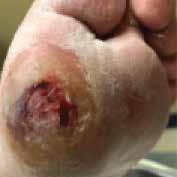
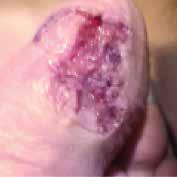
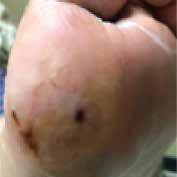
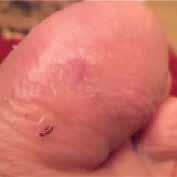
Treatment of 105 patients with Tenex Health technology showed fast wound healing and extremely low recurrence rates. All patients treated had prior advanced wound care. 1
• Ulcers Healed 96%
• Recurrence Rate <5%
• Average Healing Time 3.5 Weeks
• 5 Year Experience
*The studies and outcomes were the independent work of participating physicians. They were not promoted by Tenex Health, Inc. in any way. The TX-Bone (TXB) Microtip was developed, indicated, and FDA cleared for the treatment of hard tissue pathology and diabetic foot ulcers. Tenex Health does not promote use of TX1 or TX2 MicroTip for the treatment of hard tissue pathology or diabetic foot ulcers.
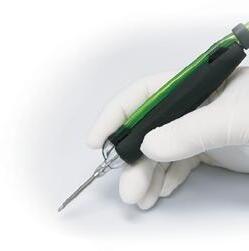
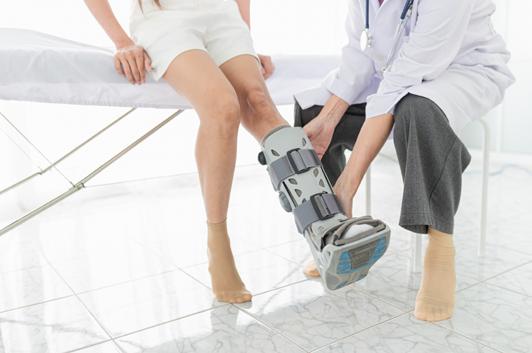

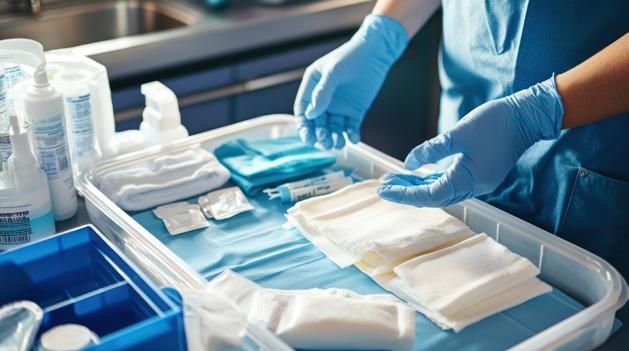




This case report highlights a 54-year-old woman with CharcotMarie-Tooth disease, a genetic condition that affects nerves in the arms and legs.
Over time, the patient developed Charcot neuroarthropathy, a progressive inherited condition that caused severe deformity in both her feet, specifically high, rigid arches. She also developed avascular necrosis (AVN) of the talus, meaning that part of the ankle bone began to die due to poor blood supply. She was treated by two separate surgical teams several years apart, each opting for a different reconstructive approach.
In her right foot, the talus bone was too damaged to preserve. The surgeons removed it and performed a tibiocalcaneal fusion, connecting the heel bone directly to the leg bone using a blade plate and external fixation. Use of the blade plate allowed for stable fixation and a plantigrade foot despite loss of the talus. Biomechanical studies have also shown that blade plate fixation can provide greater stiffness and reduce deformity compared to intramedullary (IM) rods (Chodos et al.) She recovered well and maintained a stable, braceable, and pain-free foot.
Although the talus showed evidence of AVN on imaging, a tibiotalocalcaneal (TTC) fusion with an intramedullary rod was performed to avoid limb shortening and maintain ankle height. It is also less invasive and avoids periosteal disruption. However, she developed complications about four years later: the rod fractured, her foot deformity recurred, and she developed a wound. These were addressed with local wound care and further bracing.
In conclusion, the right foot, which underwent talus removal and blade plate fixation, had a more favorable long-term outcome. The left foot, where the talus was preserved and an IM rod was used, experienced more complications over time. This case highlights the importance of tailoring surgical decisions to each unique patient, taking into account bone quality, severity of deformity, soft tissue health, and the specific goals of the patient.
Reference:
Chodos Marc D, et al. Blade plate compared with locking plate for tibiotalocalcaneal arthrodesis: a cadaver study. Foot Ankle Int. 2008;29(2):219–224. https://doi.org/ 10.3113/FAI.2008.0219.
CaseReportsandSeries
Foot & AnkleSurgery:Techniques,Reports & Cases4(2024)100354
Contentslistsavailableat ScienceDirect Foot & AnkleSurgery:Techniques,Reports & Cases
journalhomepage: www.fastracjournal.org
Surgicalreconstructioninasinglepatientwithbilateralavascularnecrosisof thetalus
KanikaKochhar *,CaraFontana,BrandonGumbiner
KatherineShawBetheaHospital,215E1stStSte310,Dixon,IL61021,USA
ARTICLEINFO ABSTRACT
LevelofEvidence: 4
Keywords:
Avascularnecrosis Bladeplate
CharcotMarieTooth
Charcotneuroarthropathy
Intramedullaryrod Fusion
Tibiocalcaneal
Tibiotalocalcaneal
Introduction

Charcotneuroarthropathy(CN)isadebilitatingdiseasethatcanleadtosubstantialdeformityofthefoot andankle,chroniculcerations,andlossoflimb.Theconditionoftenrequireslargelimbsalvagereconstructionsofthefootandankletocorrectequinovarusdeformitiesaswellascreateastable,plantigradefoot. Wepresentauniquecaseinvolvingasinglepatientwhounderwenttwodifferentsurgicalapproachesfor CNandavascularnecrosis(AVN)ofthetalus.Thepatient srightlowerextremity,whichinvolvedremoval ofthetalusand fixationutilizingabladeplate,continuestohaveastableplantigradefootwithoutany skinbreakdownover fiveyearsoffollowup.Theleftlowerextremity,whichpreservedthetalusand underwentprimarytibiotalocalcaneal(TTC)fusionwithintramedullary(IM)rod,developedawoundalong thelateralcolumnandrecurrenceofherequinovarusdeformityatfouryearsfollowup.Althoughboth limbshaveabrace-able,functionalfoottoday,thelef tfoothadanincreasedincidenceofcomplicationas demonstratedbyanintervalfractureoftherod,subtalarjoint(STJ)nonunion,andskinbreakdown.We seektoevaluatetheuseofabladeplateversusintramedullaryrodfortreatmentofequinovarusdeformity secondarytoCN.
Charcotneuroarthropathycanleadtodeformitiesofthefootand anklesuchasrockerbottomfootdeformity,talarcollapse,AVNofthe talus,equinovarusdeformity,chroniculcerations,andlossoflimb. Oftentimes,reconstructionofthefootandankleisrequiredforlimbsalvage.3 Talardeformities,includingAVN,canbeespeciallychallenging conditionstotreatandresultinstructuralcollapseofthefootand ankle.8 IntheearlystagesoftalarAVN,treatmentoptionsincludecore decompressionwithvascularizedornon-vascularizedbonegraft.3 Inthe latestages,talarAVNmayrequiresurgicalproceduresthatincludetalectomy,tibiotalarfusion,tibiotalocalcanealfusion,tibiocalcanealfusion, orartificialtalarreplacement.4 Talectomywithtibiocalcanealfusion (TC)maybeconsideredindifficultcasesoftalarnecrosistomaintaina plantigradefoot.Themaindrawbackofsuchproceduresincludesshorteningofthelimborsecondaryarthrosisofotherjoints,nonunionor delayedunionandinfection.7 Inothercaseswherethetalusissalvageable,TTCfusionbecomesaviabletreatmentoption.Intramedullary fixationinTTCfusionisaprocedurethatpromotesrigidinternal fixation withminimalsofttissueloss.Itrequireslessperiostealdisruptionand avoidspotentialdevascularizationofthebone.Intramedullary fixation inTTCfusionhasbeenshowntohavegoodfunctionaloutcomesas
* Correspondingauthor.
E-mailaddress: kanikak@umich.edu (K.Kochhar).
Financialdisclosure:Nonereported. https://doi.org/10.1016/j.fastrc.2023.100354
Received9November2023;Accepted13December2023
well.4 ThiscasestudyinvolvesasinglepatientwhounderwenttwodifferentsurgicalproceduresformanagementofsevereequinovarusdeformitysecondarytoCN:talectomywithtibiocalcanealfusionusinga bladeplateoftherightlowerextremityandtibiotalocalcanealfusion withIMrodoftheleftlowerextremity.
Casereport
Thepatientisa54-year-oldfemalewhohasbeenreceivingtreatment fromtheinstitution’sfootandankleclinicsinceApril2011.Shehasa pastmedicalhistoryofCharcotMarieToothDisease(CMT)type1A withperipheralneuropathy.Whileshehadnogenetictestingtoconfirm thisdiagnosis,thepatienthasastrongfamilyhistory.Hermother, daughter,andseveralauntsandcousinsalsohaveCMT.InAprilof 2013,thepatientwasseenandevaluatedbyaneurologistwhodocumentedthepatienthavingnumbness,paresthesia,distalmusclewasting andmuscleweaknessinbilateralupperandlowerextremities,aswellas absentdeeptendonreflexestobilaterallowerextremities.Thepatient presentedtothepodiatrycliniconNovember1st,2013,seekingtreatmentforherpainfulrightankleandsubsequentlimitedambulation.She ratedherpainasfouroutoftenatthisvisit,howeverindicatedherpain
2667-3967/©2023TheAuthors.PublishedbyElsevierInc.onbehalfofAmericanCollegeofFoot & AnkleSurgeons.ThisisanopenaccessarticleundertheCCBY-NCNDlicense(http://creativecommons.org/licenses/by-nc-nd/4.0/)
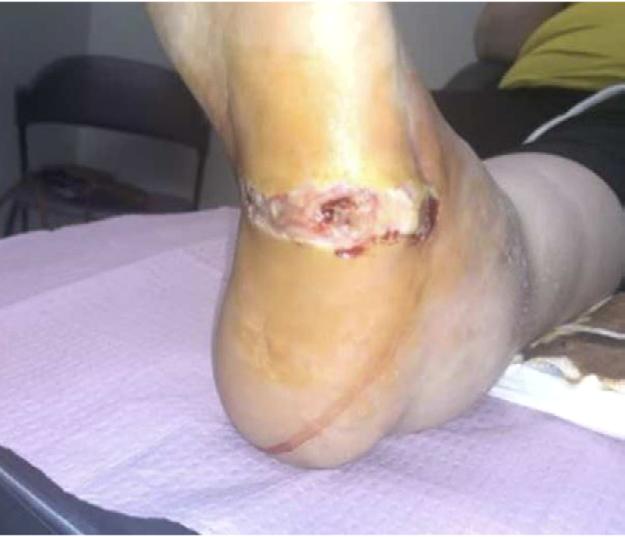
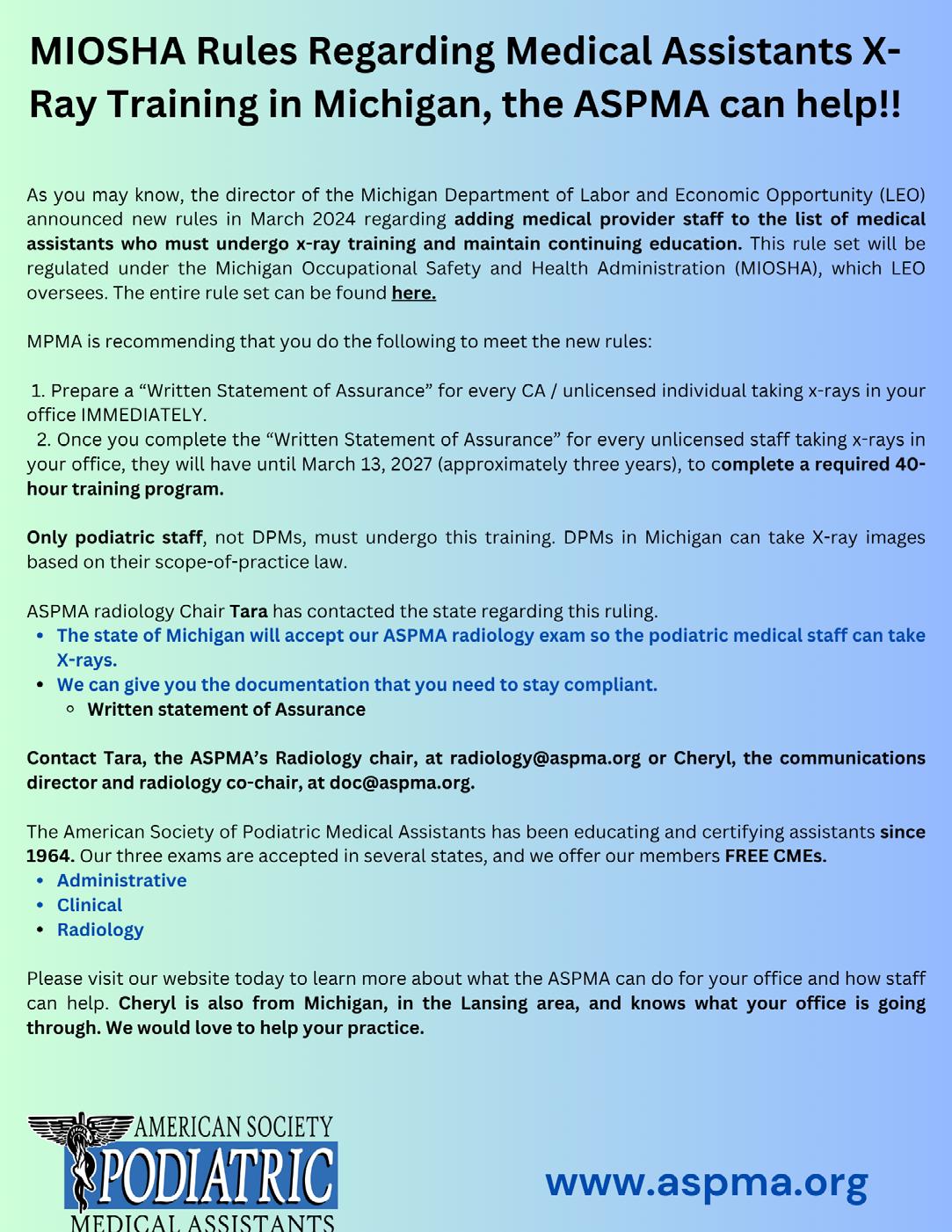
MICHIGAN’S DIABETES COMPLICATIONS DASHBOARD:
What It Shows,
Why Podiatrists Matter
The Michigan Department of Health & Human Services (MDHHS) “Diabetes Complications Among Michigan Adults” interactive dashboard provides a real-time look at how diabetes is impacting residents in Michigan. The Dashboard, launched in 2022, was built by the MDHHS Diabetes & Kidney Unit. The site lets users drill down by county, age, sex and race to track hospitalizations, kidney failure, vision loss—and for foot-and-ankle specialists—foot-ulcer and non-traumatic lower-limb amputation rates. The dashboard is available to clinicians, policymakers and the public.
WHAT THE DASHBOARD TELLS US
• Foot complications remain a major driver of disability. The dashboard’s most recent tables show hundreds of diabetes-related amputations every year—an outcome MDHHS calls “largely preventable with earlier foot care.”
• Geographic hot-spots are clear. County-level filters reveal amputation rates two- to three-times higher in parts of Detroit, Flint and rural northern counties compared with the state average.
• Disparities persist. Amputation and ulcer rates climb sharply among Black Michiganders and low-income adults.
• Multidisciplinary prevention works. MDHHS guidance— and MPMA’s testimony before the House Health Policy Committee—links routine podiatric exams and prompt ulcer treatment to up to 85% fewer amputations.
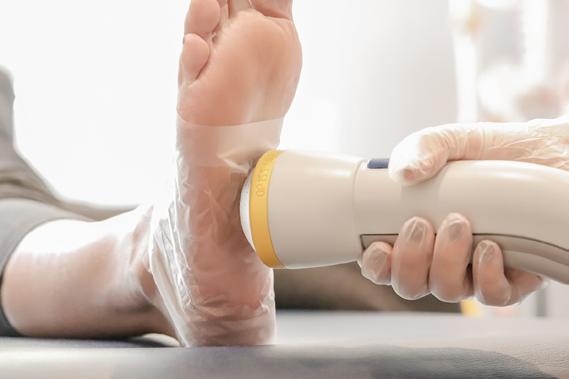

GETTING ON THE DASHBOARD IN THREE QUICK STEPS
1.Go to michigan.gov/mdhhs › Keeping Michigan Healthy › Chronic Diseases › Diabetes and select “Diabetes Complications — Adults” (look for the stethoscope-andchart icon).
2.Launch the dashboard and use the lefthand filters to compare statewide vs. county data or download Excel/CSV tables for presentations or grants.
3.Need deeper cuts? Email Megan Goff (GoffM1@michigan.gov) at the Diabetes & Kidney Unit for custom tables or tech help.
WHAT THESE NUMBERS TELL US

High burden of vascular and mobility-threatening
. More than one-quarter of adults with diabetes already have cardiovascular disease, and almost one in five show signs of diabetic retinopathy.
Disability is common. Nearly half report a condition that limits daily activities, underscoring the broader social impact of unmanaged diabetes.
Amputations are still occurring. While 3.9 per 1,000 may sound small, Michigan logs hundreds of diabetes-related amputations each year—most of which evidence shows are preventable with earlier foot care and multidisciplinary
Kidney failure remains a costly endpoint. Over 10 cases of ESRD per 1,000 diabetic adults translate into thousands of Michiganders requiring dialysis or transplant.
PODIATRISTS ESSENTIAL PARTNERS IN
Michigan podiatrists help prevent serious diabetes-related complications by providing regular foot exams, treating ulcers early, ulcer debridement, and prescribing custom footwear to reduce foot pressure and injury. They also educate patients on daily foot care and intervene surgically when necessary to preserve mobility and avoid amputations. Podiatrists play a key role in keeping Michigan diabetics active and out of the hospital.
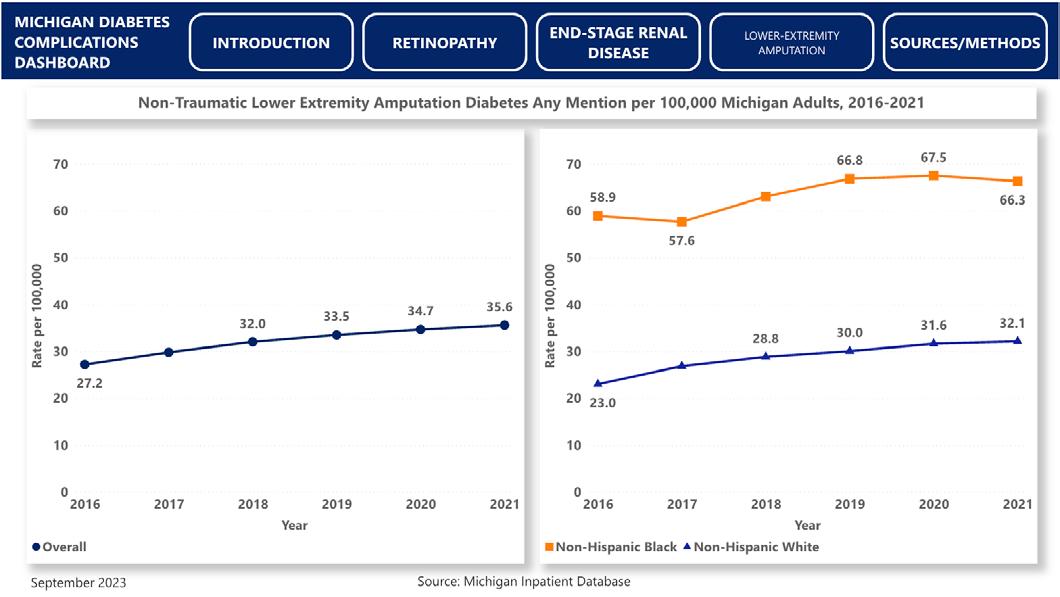
* MiBRFSS = Michigan Behavioral Risk Factor Surveillance System. michigan.gov
KEEP MICHIGAN MOVING
HOW PODIATRISTS HELP CHILDREN AND ADULTS STAY ACTIVE, STEP BY STEP
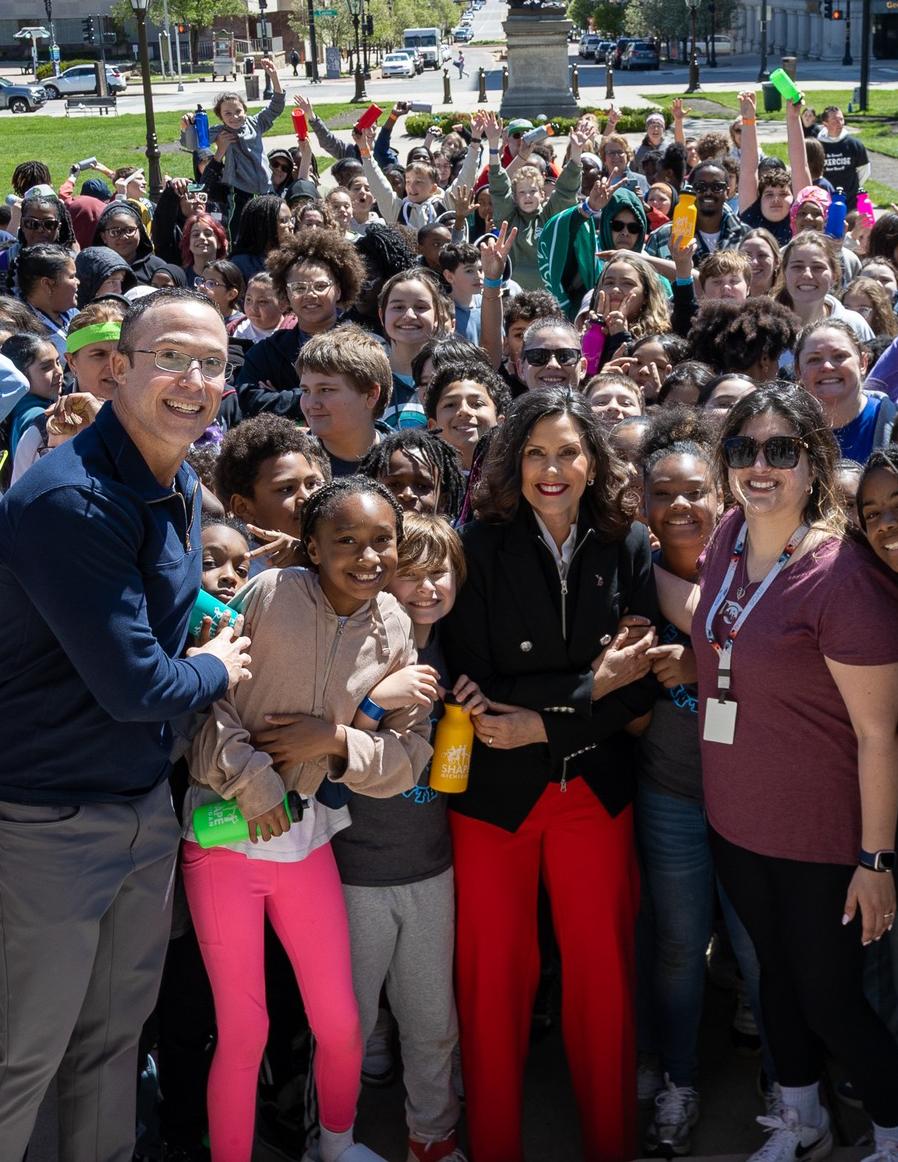
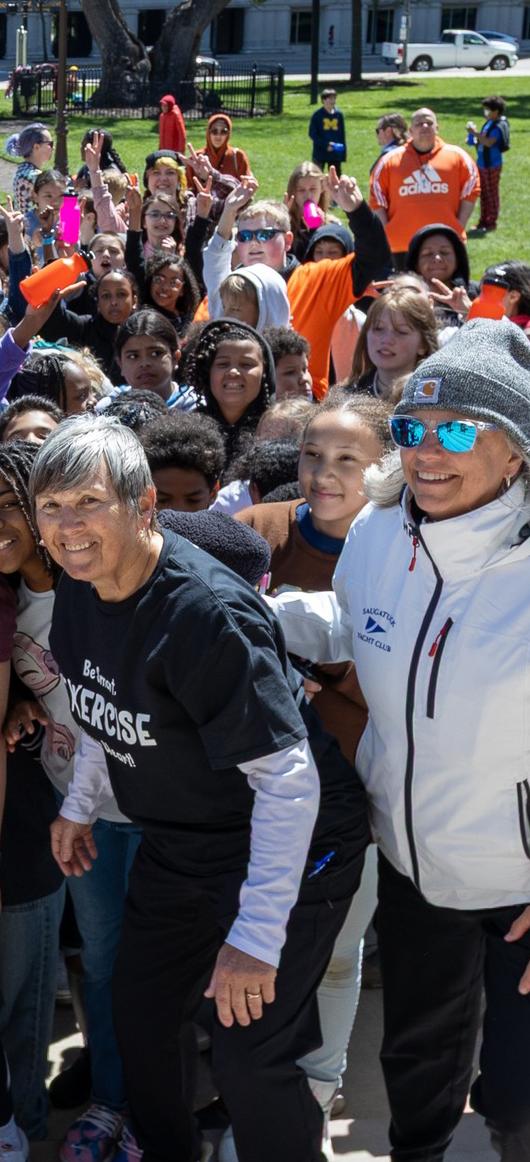
On a breezy spring morning this May, more than 300 energized schoolchildren from the Lansing area descended on the lawn of the Michigan State Capitol. But they weren’t there to sit and watch—they came to move.
From stretching sessions to obstacle course relays, this year’s Michigan Moves Day at the Capitol turned the statehouse lawn into a playground of activity, hope, and advocacy. Organized by the Michigan Moves Coalition—a group of more than 30 public and private health organizations—the event wasn’t just a celebration of movement. It was a call to action, shining a light on Michigan’s growing youth health crisis.
And while the music, laughter, and leaping students captured headlines, there’s another vital part of the story: the podiatric physicians and surgeons across Michigan who help make this kind of movement possible.
THE HIDDEN FOUNDATION OF PHYSICAL ACTIVITY: HEALTHY FEET
Behind every step, jump, and cartwheel performed on the Capitol grounds stands the often-overlooked foundation of mobility— healthy feet. For the 3rd-to-5th graders who ran the courses and danced to drumbeats, their ability to move comfortably, confidently, and pain-free is essential not just for fun but for lifelong health.
That’s where the work of Michigan’s podiatrists plays a critical role. From treating congenital foot deformities in children to managing sports injuries in youth athletes and correcting gait abnormalities, podiatric physicians help ensure that young Michiganders don’t just grow up—they grow up moving.
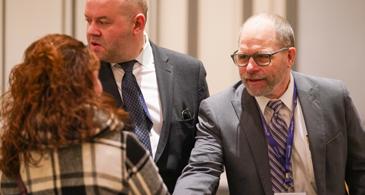
“Children are naturally active, but when foot or ankle problems arise, that activity can drop quickly,” says Scott Hughes, DPM (Doctor of Podiatric Medicine), a practicing MPMA member in Monroe, Michigan. “The earlier we identify and treat biomechanical or structural issues, the better chance kids have to stay active into adulthood.”

Contact Quantus Solutions TODAY to receive your NEW FREE Smart Chip EMV Terminal
4 SIMPLE STEPS TO ENROLL:
1) GO TO MPMA WEBSITE

2) FIND MPMA’S NEW PARTNER—QUANTUS SOLUTIONS
3) SELECT YOUR PRICING PROGRAM AND EQUIPMENT OPTION
4) APPLY
MPMA ENDORSED BENEFITS INCLUDE:
• Average Savings 38% per practice
• Negotiated MPMA Group Rates for all members
• Free EMV “smart chip” Terminal OR Virtual Terminal OR Mobile Device
• Dedicated Medical Customer Service & Support
• 24 hour Next Day Funding for all members
• HIPAA, PCI, SIGIS Certified Partner

FROM CHILDHOOD TO ADULTHOOD: A LIFELONG NEED FOR FOOT CARE
While Michigan Moves Day focused on youth, the challenges of physical inactivity extend far beyond childhood. Adults in Michigan, like many across the country, struggle with sedentary lifestyles, obesity, and chronic pain—often exacerbated by undiagnosed or untreated foot and ankle conditions.
Podiatric physicians routinely treat adults facing problems like plantar fasciitis, arthritis, bunions, diabetic neuropathy, and heel pain—all of which can severely limit a person’s ability to walk, exercise, or even carry out daily activities.
THE ROLE OF THE MPMA: ADVOCACY, EDUCATION, AND ACCESS
For decades, the Michigan Podiatric Medical Association (MPMA) has worked to elevate the profession of podiatric medicine while promoting foot health for all Michiganders. The association’s efforts span clinical excellence, public awareness, and legislative advocacy— each contributing to the broader goal of keeping Michigan on its feet.
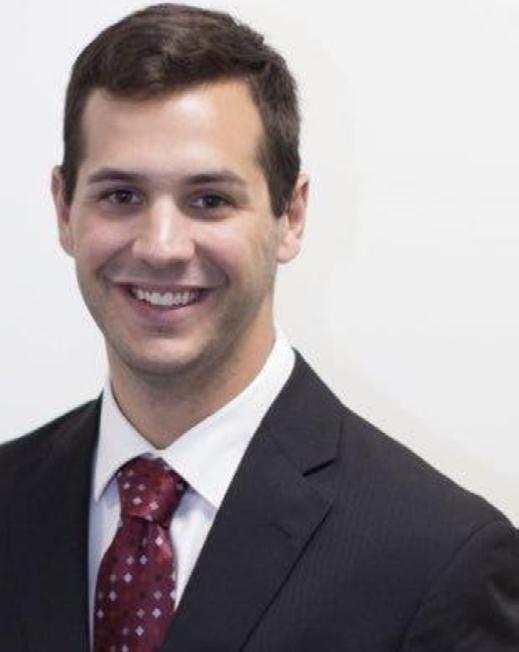
“When a person’s feet hurt, they stop moving. And when they stop moving, everything else begins to decline—cardiovascular health, joint flexibility, even mood,” said Jake Eisenschink, DPM, in Escanaba. “By addressing foot pain, we’re not just treating a symptom. We’re unlocking the door to a healthier, more mobile life.”
Continues on pg. 16
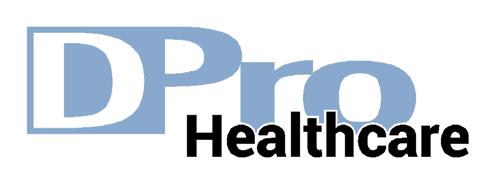
eLearning Portal Features:
• 12 Regulatory-Mandated Training Modules all in one place
• Bloodborne Pathogen, Fraud & Abuse, Medicare Part C & D Managed Care, PCMH, ICD-10, Hazcom, MACRA, Cyber Security and more
• Printable Forms, Documents, & Letters
• Q & A for each Section of Training
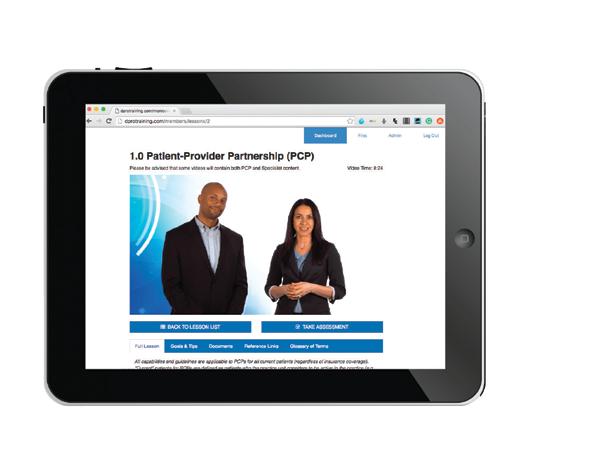
• Certificate of Completion for each Initiative
• 24/7 Access
• Easy to Comply with Regulatory Training Demands
• Progress Monitoring & Analytics
• Progress Results Tracking
Administration Support: Benefits:

• Training within Healthcare is Paramount
• Certify Your Practice to be Compliant
• Fee Schedule Increase are available through Completion of certain Training
• Don’t Allow Your Practice to be at Risk for Non-Compliance
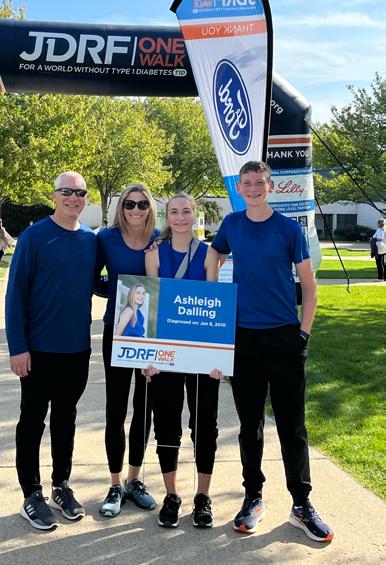
“Promoting foot health is preventative medicine,” said Derek Dalling, MPMA Executive Director. “We want to see kids running and playing today, but we also want to see them walking confidently into their 80s and 90s.”
MPMA members are often the first line of defense when foot injuries, abnormalities, or diseases threaten a person’s mobility. But they also serve as educators—speaking in schools, volunteering at health events, and advising community fitness programs to prevent injuries before they occur.
DID YOU KNOW?
1 in 3 Michigan children are overweight or obese.
Less than 25% meet the national recommendations for daily physical activity.
Foot pain is one of the top five reasons adults avoid physical exercise.
Early podiatric intervention in children can prevent long-term mobility issues.
Michigan podiatrists perform thousands of procedures each year that restore mobility and independence.
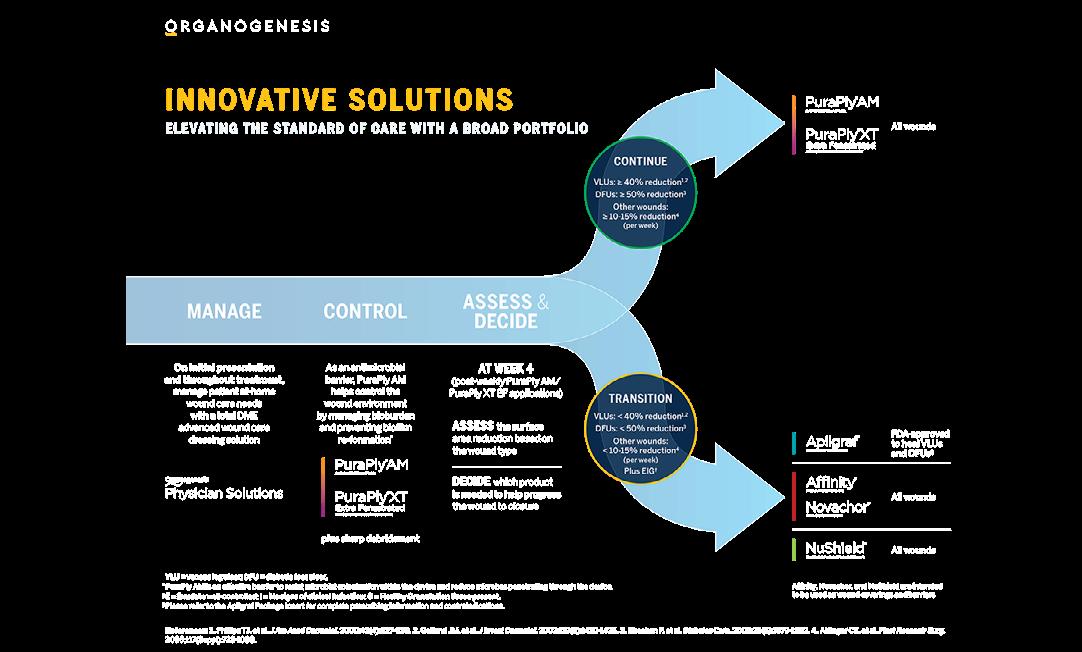
MICHIGAN MOVES COALITION IS THE PUSH MICHIGAN NEEDS NOW
That vision is shared by the Michigan Moves Coalition, which aims to embed physical activity into the everyday lives of all Michiganders—from elementary school to older adulthood. Their goals include:
• Increasing access to daily physical activity for youth in schools
• Supporting policies that prioritize active transportation (like walking and biking)
• Advancing public education around the health benefits of movement
• Promoting healthcare practices that incorporate physical activity into patient care
These priorities align closely with the MPMA’s mission to advance foot health as a cornerstone of overall well-being.
BRIDGING POLICY AND PRACTICE
The message from Michigan Moves Day is loud and clear: if we want to create a healthier future, we must build it on movement. But to move well, we must walk well—and that’s where podiatric care enters the picture.
When school-age children experience foot pain, poor gait, or toe walking, early podiatric intervention can correct problems and encourage participation in physical activity. In older adults, foot exams and ongoing podiatric care can prevent falls, encourage walking programs, and support chronic disease management plans.
In fact, national guidelines now recommend that physical activity be integrated into clinical care as a “vital sign”—something every patient should be routinely assessed on. Michigan podiatrists are
well-positioned to lead in this effort, as mobility and gait are at the core of every podiatric consultation.
A CALL TO ACTION: LET’S MOVE—TOGETHER
Michigan Moves Day at the Capitol was more than a fun day outside—it was a statement of values. It emphasized the shared responsibility across healthcare, education, and public policy to prioritize physical activity for better long-term health.
And as Michigan looks ahead to a future of stronger, more active communities, the Michigan Podiatric Medical Association and its members will be vital partners in that mission.
From treating sports injuries in children to preventing diabetic foot ulcers in older adults, Michigan podiatrists play an irreplaceable role in keeping our state moving—one step at a time.
As Mike Stack of the Michigan Moves Coalition put it, “If we want a healthier future for our state, we have to prioritize movement as part of every person’s day, every single day.”
The Michigan Podiatric Medical Association couldn’t agree more!

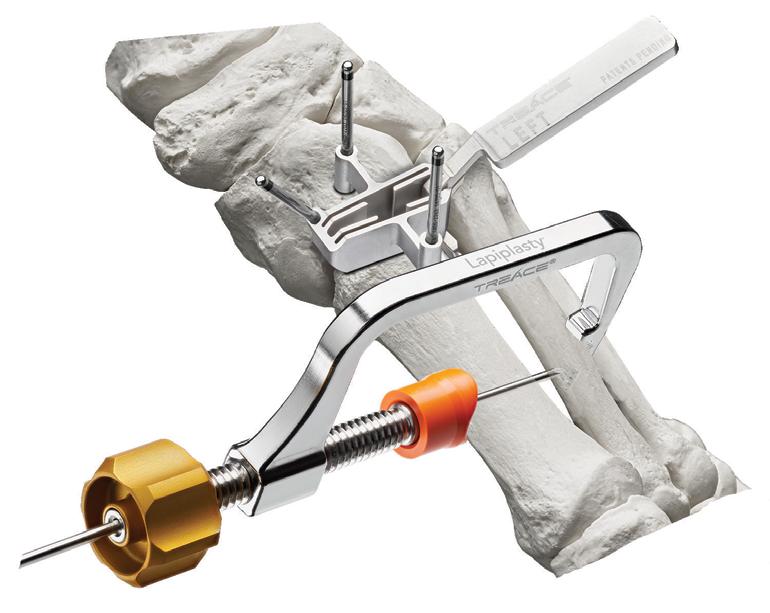

Learn more about the latest Lapiplasty® innovations at treace.com
Article by Joe Ross, for the Michigan Podiatric Medical Association
MPAS CONTRIBUTORS FROM 2025
This year, the MPAS has set a goal of $20,000 to assist in the MPMA political strategies here in Michigan. Last year, MPAS contributed significantly to elections across the state, and MPAS needs to rebuild its war chest in 2025. So far, MPAS has raised just under $12,000.
To make your 2025 contribution simply visit: https://www.mpma.org/political-action
The following members have donated this year. If you do not see your name listed, the MPMA asks that you consider supporting MPAS to whatever level you are able. Every contribution helps as the MPMA pursues its 2025 fundraising goal. All contributions are greatly appreciated!
Anthony Alessi, DPM
William Bennett, DPM
Marc Borovoy, DPM
Stephanie Carollo, DPM
Andrew Cohen, DPM
Derek Dalling (Exec. Dir.r)
Marie Delewsky, DPM
Judi Ecker, DPM
Joshua Faley, DPM
Jeffrey Frederick, DPM
Neil Hertzberg, DPM
Michael Holland, DPM
Crystal Holmes, DPM
Scott Hughes, DPM
Emily Hurst, DO (MOA President)
Zeeshan Husain, DPM
Laura Jamrog, DPM
John Johnson, DPM
Randy Kaplan, DPM
Vincent Lefler, DPM
Jeffrey Levitt, DPM
Donald Lutz, DPM
Andrew Mastay, DPM
Patrick Meyer, DPM
John Miller, DPM
Heidi Monaghan, DPM
David Moss, DPM
APMA PAC CONTRIBUTORS FROM 2025
Joyce Patouhas, DPM
Jessica Patterson, DPM
Craig Pilichowski, DPM
Nicholas Post-Vasold, DPM
Kristin Raleigh, DPM
Angela Robin-Croft, DPM
Lawrence Rubin, DPM
Mark Saffer, DPM
Ali Safiedine, DPM
Peter Schaffer, DPM
David Schweibish, DPM (Florida)
Jodie Sengstock, DPM
Zoe Simaz, DPM
The following MPMA members have already contributed to the APMAPAC in 2025.
Additionally, the MPMA continues to support the APMA PAC as well. Every year, the MPMA is among the leading state associations supporting the advocacy efforts of the profession. This year, the MPMA provided $5000 to the APMA PAC.
There is new leadership and renewed sense of energy for the podiatric profession’s advocacy efforts in our nation’s capital. Your contributions to APMAPAC will help get our new legislative team on a solid path.
Platinum Level Supporters
($1,000–$2,499)
Dr. Marc Borovoy
Exec. Dir. Derek Dalling
Dr. Scott Hughes
Dr. Randy K. Kaplan
Dr. Andrew Mastay
Bronze Level Supporters
($150–$299)
Dr. Marie Delewsky
Dr. Thomas Hall
Dr. Rachel Height-Kaplan
Dr. Crystal Holmes
Dr. Douglas Johnson
Dr. David Moss

Jeffrey Solway, DPM
Harold Sterling, DPM
Ingrid Stines, DPM
Rebecca Sundling, DPM
David Taylor, DPM
Elizabeth Tronstein, DPM
Christine Tumele-Vogt, DPM
Gregory Vogt, DPM
Jason Wadaga (Deputy Exec. Dir.)
Marc Weiner, DPM
Laal Zada, DPM
Gold Level Supporters
($500–$999)
Dr. Zeeshan S. Husain
Dr. Vincent Lefler
Dr. Jodie N. Sengstock
Dr. Rebecca Sundling
Patriot Level Supporters (Less than $150)
Dr. Lawrence Brown
Dr. John Miller
Dr. Steve Sheridan
Dr. Zoe Simaz
Dr. Christine Tumele-Vogt
Silver Level Supporters ($300–$499)
Dr. Mark Saffer
Dr. Harold Sterling

The future of our great profession and your future depends upon your support of APMAPAC. If your name is not on this list or if you want to move your name to a higher level, it is easy to contribute.
To make your 2025 contribution to APMA PAC, simply go online and visit: www.apma. org/Donate or scan the QR Above!
Be safe and healthy.
MICHIGAN PODIATRISTS: NEW TOOLKIT HELPS INSPIRE THE NEXT GENERATION
If you’re a practicing DPM in Michigan, you now have access to a powerful set of tools designed to help tell the story of podiatric medicine—and inspire the next generation of students to follow your lead.
The Discover Podiatry Toolkit, developed as part of the national Podiatrists Move the World campaign, is now live and ready to use. It’s a professionally designed outreach kit created with input from students, career counselors, and practicing DPMs across the country. And it’s especially timely for Michigan podiatrists looking to build awareness, support local schools, and strengthen the future of the profession.
WHAT IT IS
The toolkit is a free, ready-to-use resource hosted at: DiscoverPodiatry.org
It includes:
• Customizable social media posts (with images and hashtags)
• Prewritten email templates for local schools, newsletters, or referrers
• Talking points and messaging prompts you can adapt for presentations or clinic outreach
• Video and quote templates for sharing your story or mentoring students
• Brand materials you can use for school visits, conferences, or recruitment events
WHY THIS MATTERS IN MICHIGAN
Podiatrists play a critical role in preventing limb loss, supporting diabetic patients, and helping people stay active. Podiatric medicine offers a number of opportunities including the operating room.
HOW YOU CAN USE IT
Whether you’re part of a group practice, solo clinic, academic setting, or state association, here are some simple ways to get involved:
• Share a post on LinkedIn or Instagram about why you became a DPM (use #DiscoverPodiatry)
• Email your local high school or community college advisor using the included templates
• Record a short video for your website or social channels about “what I wish I knew before podiatry school”
• Add a section to your clinic newsletter highlighting the benefits of the DPM path
• Encourage current students or residents to explore the campaign site
Even a single story or post can help a student discover a career that’s right for them—and you can be that spark.
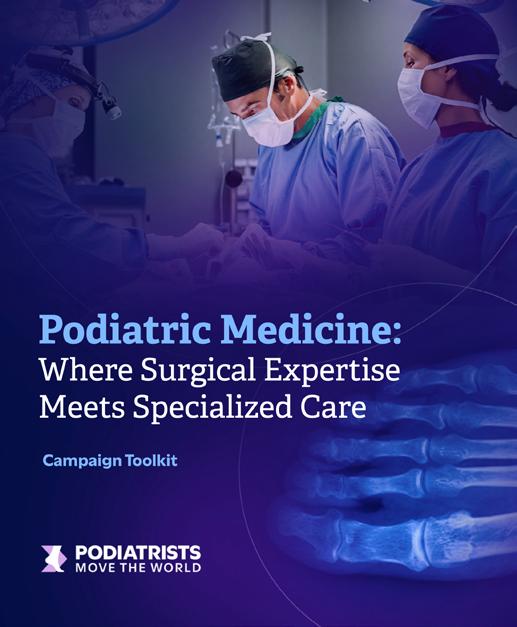
GET STARTED
Visit DiscoverPodiatry.org to download the full toolkit or explore the campaign. Everything is free to use and customizable to your practice or region.
For questions, reach out to: JPA@APMA.org
LET’S REPRESENT MICHIGAN
Michigan has long been a leader in foot and ankle care. With this new campaign, we have the opportunity to lead again—by helping more students realize that podiatric medicine is a surgical, rewarding, and community-driven path.

RED LIGHT THERAPY MIGHT BE A BRIGHT IDEA

Red light therapy, also known as low-level light therapy (LLLT) or photobiomodulation, has emerged as a promising modality in podiatric medicine for addressing various foot-related conditions. This non-invasive treatment utilizes specific wavelengths of light to stimulate cellular processes, promoting healing and pain relief. Recent studies have explored its efficacy in managing onychomycosis, diabetic foot ulcers, and plantar fasciitis, among other conditions.
ONYCHOMYCOSIS TREATMENT
Onychomycosis, a fungal infection of the toenails, presents significant treatment challenges due to the limited efficacy and potential side effects of traditional antifungal therapies. A study published in the Journal of the American Podiatric Medical Association investigated the use of a dual-wavelength near-infrared diode laser (870 and 930 nm) for treating onychomycosis. The randomized controlled trial included 26 toes with varying degrees of infection severity. The findings demonstrated that 85% of treated toenails showed improvement in clear nail growth at 180 days, with 65% exhibiting at least 3 mm of clear growth. Notably, 63% of toes with moderate to severe involvement improved by at least 3 mm. These results suggest that red light therapy can be an effective treatment for onychomycosis, offering a safe alternative without the need for systemic medications.

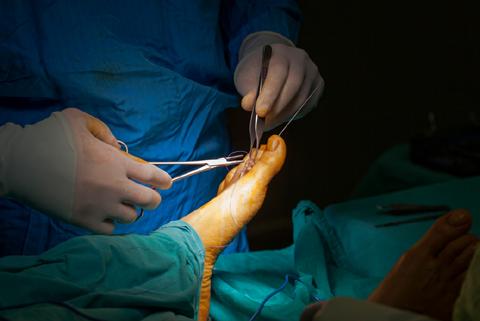
DIABETIC FOOT ULCER MANAGEMENT
Diabetic foot ulcers (DFUs) are a common and serious complication of diabetes, often leading to infections and amputations. The chronic nature of these ulcers necessitates effective treatment strategies. A systematic review published in Wound Repair and Regeneration assessed the efficacy of LLLT in healing DFUs. The review included four randomized controlled trials with a total of 131 participants. The studies reported that LLLT significantly improved ulcer healing outcomes without adverse events. The authors concluded that LLLT holds potential as a portable, minimally invasive, and cost-effective modality for DFU treatment, though they recommended further research with larger sample sizes and longer follow-up periods to validate these findings.
PLANTAR FASCIITIS RELIEF
Plantar fasciitis, characterized by heel pain due to inflammation of the plantar fascia, is a prevalent condition among adults. Traditional treatments include physical therapy, orthotics, and medications. A systematic review and meta-analysis published in Musculoskeletal Science and Practice evaluated the effects of LLLT on pain and disability in patients with plantar fasciitis. The analysis encompassed 14 studies with 817 patients. The results indicated that LLLT significantly improved short-term pain relief compared to placebo, with a mean difference of -2.3 on the pain scale. However, no significant difference in short-term disability was observed. The study concluded that LLLT might be beneficial for short-term pain management in plantar fasciitis and can be considered as part of a comprehensive treatment plan.
MECHANISMS OF ACTION
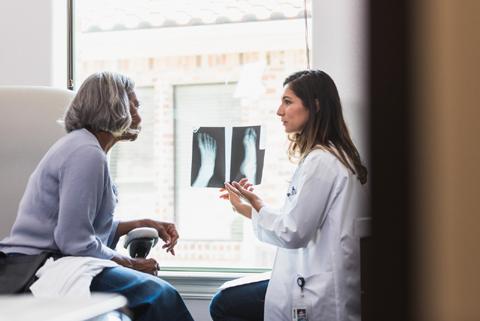


The therapeutic effects of red light therapy are attributed to its ability to penetrate tissues and modulate cellular functions. At the cellular level, red and near-infrared light is absorbed by chromophores such as cytochrome c oxidase in mitochondria, leading to increased adenosine triphosphate (ATP) production. This enhancement in cellular energy facilitates various healing processes, including cell proliferation, migration, and anti-inflammatory effects. Additionally, LLLT has been shown to promote collagen synthesis, crucial for tissue repair and wound healing.
CLINICAL CONSIDERATIONS
While the current evidence supports the potential benefits of red light therapy in foot care, podiatric physicians should consider several factors before integrating it into clinical practice:
Standardization of Treatment Protocols: Variations in wavelengths, dosages, and treatment durations across studies highlight the need for standardized protocols to ensure consistent and effective outcomes.
2. Patient Selection: Identifying patients who are most likely to benefit from LLLT is essential. Factors such as the severity of the condition, comorbidities, and previous treatment responses should be considered.
3. Adjunctive Therapy: LLLT should be viewed as a complementary treatment. Combining it with conventional therapies may enhance overall effectiveness, particularly in complex conditions like diabetic foot ulcers.
4. Training and Equipment: Proper training in the use of LLLT

devices is crucial for safety and efficacy. Clinicians should ensure they are using FDA-approved equipment and adhere to recommended guidelines.
FUTURE DIRECTIONS
The integration of red light therapy into podiatric practice represents a promising advancement in foot care. However, further research is necessary to establish optimal treatment parameters, long-term efficacy, and cost-effectiveness. Large-scale randomized controlled trials with standardized methodologies will provide more robust evidence to guide clinical decision-making.
In conclusion, red light therapy offers a novel approach to managing various foot conditions, including onychomycosis, diabetic foot ulcers, and plantar fasciitis. Its non-invasive nature and potential to enhance healing make it a valuable addition to the therapeutic arsenal in podiatric medicine. As research progresses, podiatric physicians will be better equipped to harness the full potential of this technology to improve patient outcomes.
REFERENCES & FURTHER READING
• Landsman AS, Robbins AH, Angelini PF, et al. Treatment of mild, moderate, and severe onychomycosis using 870- and 930-nm light exposure. Journal of the American Podiatric Medical Association.
• Phototherapy and Podiatric Intervention for the Management of Chronic Lower Limb Ulceration in Patients with Type II Diabetes Mellitus and Skin Type III and VSithole, Nozipho. University of Johannesburg ProQuest Dissertations & Theses, 2019.
• Treatment of Mild, Moderate, and Severe Onychomycosis Using 870- and 930-nm Light Exposure Journal of the American Podiatric Medical Association.
• Low-level light therapy for treatment of diabetic foot ulcer NIH National Library of Medicine.
• Effect of low-level laser therapy on pain and disability in patients with plantar fasciitis: A systematic review and meta-analysis.
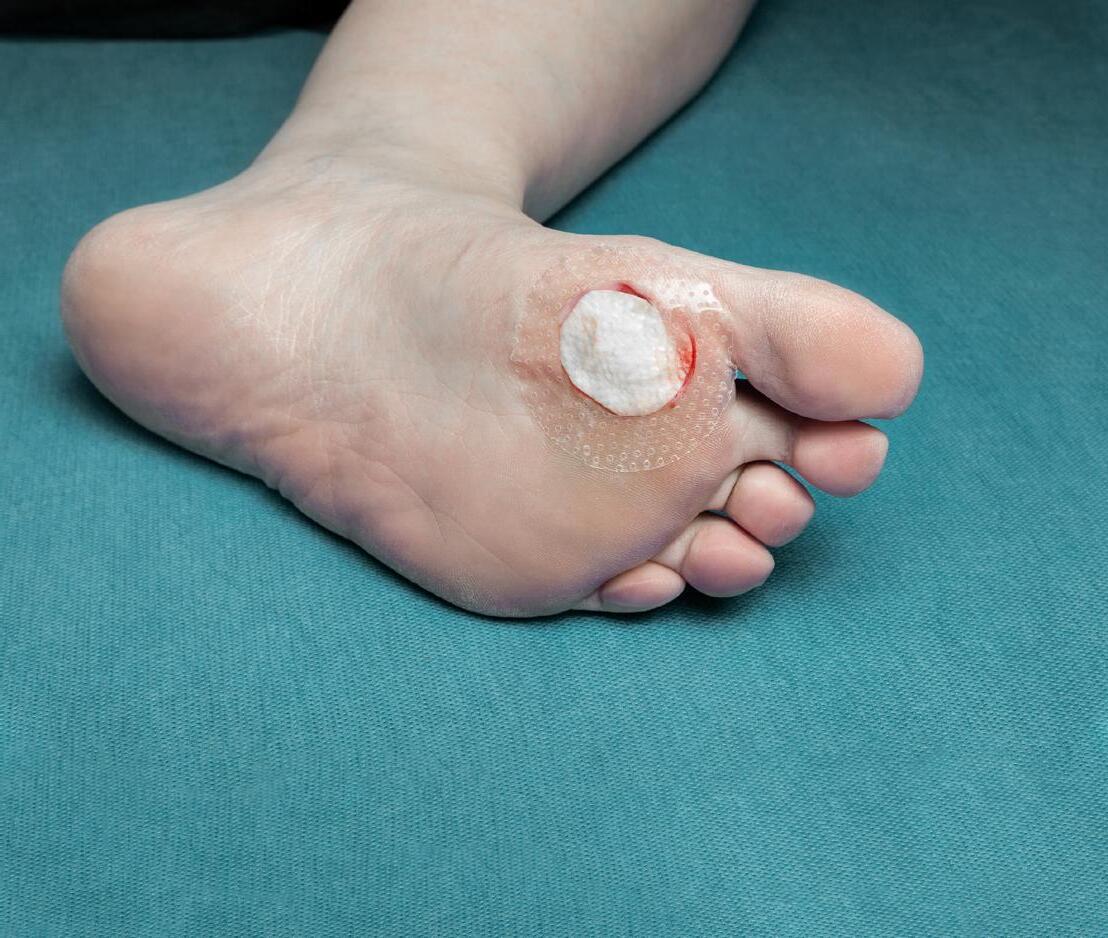
Transform outcomes
One Step at a Time
Experience the difference with Kerecis, the advanced solution for diabetic foot ulcers (DFUs). Powered by fish skin technology, Kerecis offers superior1 healing by supporting tissue regeneration and reducing complications. Clinical studies show improved closure rates and faster recovery times compared to traditional methods.2 1)

PRACTICE SEEKING PART-TIME ASSOCIATE
Part-time associate needed in Macomb County. 2-3 half days per week in office, HC, and NH. Flexible hours. Generous compensation.
Email: lb@innersolegroup.com.
PRACTICE SEEKING ASSOCIATE
Established, full scope modern podiatric practice with 2 locations in South Central Michigan. Will remain with practice during future transition. Can train and help new practitioner with board certification in forefoot, and rear foot and ankle certification. Recommend residency trained individual.
Email: thankyourfeet@comcast.net
PRACTICE FOR SALE
Turnkey foot and ankle practice for sale in Adrian, MI, a college town near the Ohio border—just 30 miles from Toledo and 35 miles from Ann Arbor. Well-established with 15+ years in the community, consistent revenue, strong referral base, and 25% overhead. Fully equipped 3500 sq ft office with experienced staff, full hospital privileges, no call, and ample parking. Grossing $550,000 on a 20-hour workweek. No Medicaid or HMO. Owner willing to assist with transition, mentoring, and financing. Asking $450,000. Ideal for a new practitioner or satellite office expansion.
Contact: forsalepodiatryclinic@gmail.com.
PRACTICE FOR SALE
Well established 46 year practice for sale across from Crittenton Hospital. 4+Tx, 1 X-ray room, 2000 sq. ft. Great parking and easy car access. Senior bus access. Can make 1000 sq. ft. 2 Tx, 1 X-ray. Immediate availability. Can stay for transition.
Email: SellMyPractice2@gmail.com
ASSOCIATE WANTED
Well-established group practice, encompassing all aspects of foot, ankle and leg health care: multiple office locations, hospital affiliation along with nursing home care. Seeking well-trained energetic associate, PSR-24/36. Candidates must possess a strong medical/surgical knowledge base, with compassionate care towards patients. We offer a favorable compensation package with potential for long term buy-in. Practice locations are in rural Northern Michigan communities with abundant outside activities located on the shores of Lake Huron.
Please respond to: 321 Long Rapids Plaza c/o Dr. Craig Pilichowski, Alpena, MI 49707.
PRACTICE FOR SALE
Established Lansing area practice for sale. Email: dpmpractice1@gmail.com
PRACTICE FOR SALE
Practice for sale in Northwest Michigan: Charlevoix, “The Beautiful” resort town on Lake Michigan and Lake Charlevoix with a satellite office in Gaylord, “The Alpine Village”. Outstanding opportunity with even greater potential. Doctor is retiring after 44 years of practice serving the Charlevoix and Gaylord communities, including 16 assisted living, extended care, and skilled nursing facilities in 5 Northern Michigan counties. The Charlevoix office has 4 treatment rooms; Gaylord office has 3 treatment rooms. For information call: 231-547-4662
PETOSKEY, MI PRACTICE FOR SALE
Well established 36 year practice for sale in beautiful Petoskey. Two locations with a steady inflow of new patients. Turnkey practice with three well equipped treatment rooms, digital X-rays, certified EHR, and onsite furnished apartment. Office buildings available - purchase or lease.
Email: Upnorthfoot@gmail.com.

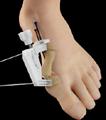



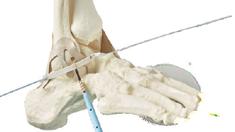


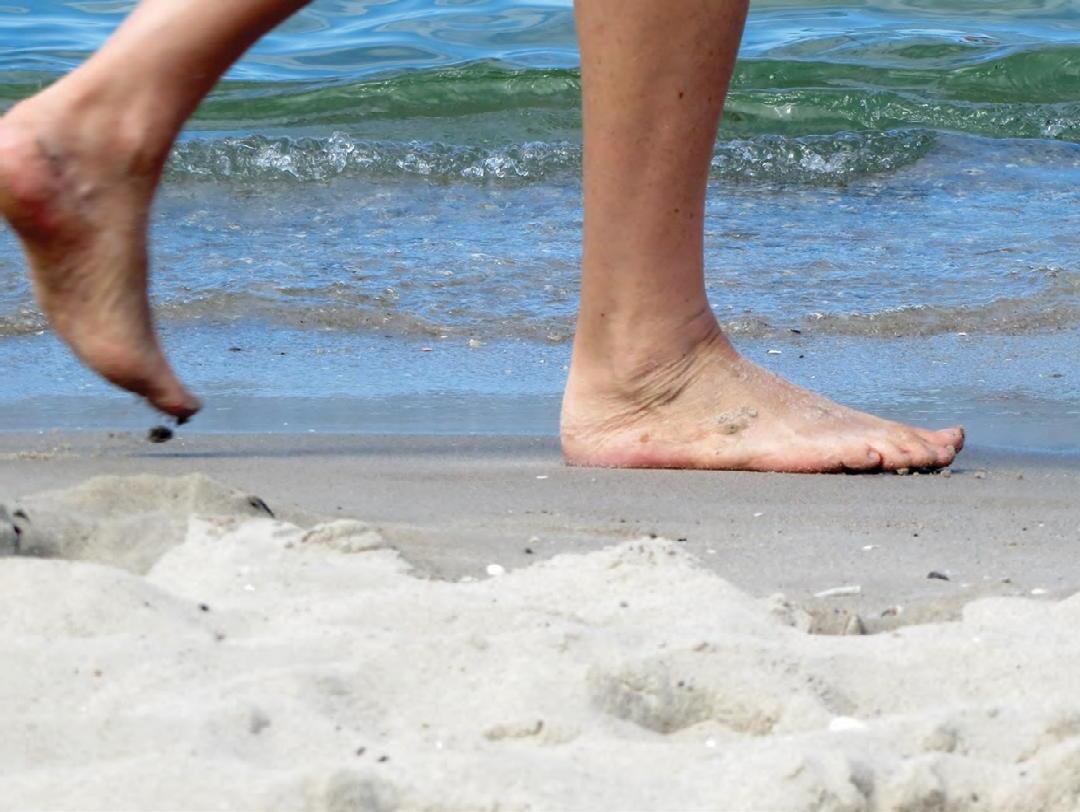


THE MPMA GREATLY APPRECIATES OUR CORPORATE SPONSORS
The Michigan Podiatric Medical Association and the corporate world have so much to gain by working together. Since 1914, the Michigan Podiatric Medical Association has been promoting the art and science of podiatric medicine and its continuing education. As a medical organization, MPMA strives to inform the public about the importance of the podiatric profession through continued legislative initiatives and public health education.
Contact MPMA to learn more about our corporate partnership.
Thank You 2025 Corporate Partners!
Diamond Sponsor
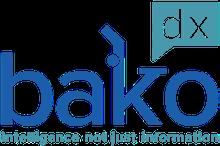
Gold Sponsor


Silver Sponsor





